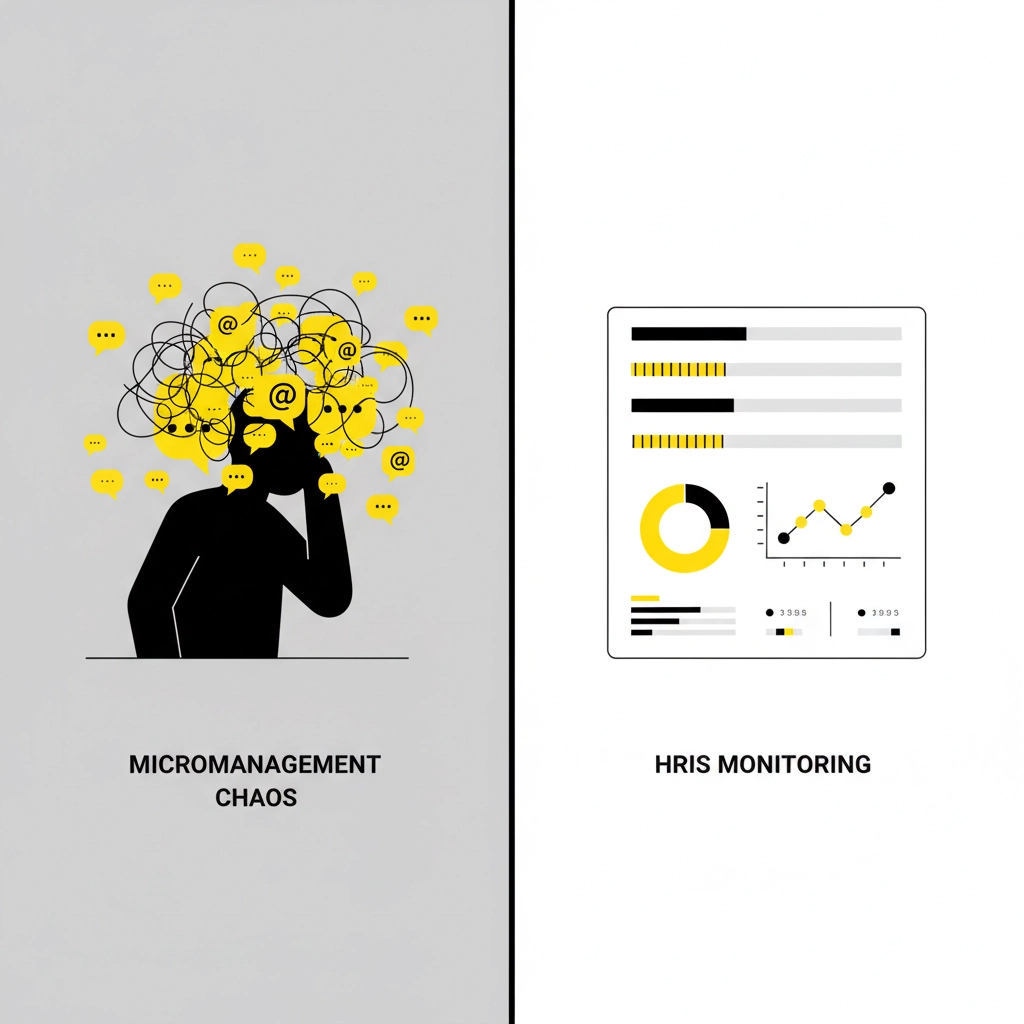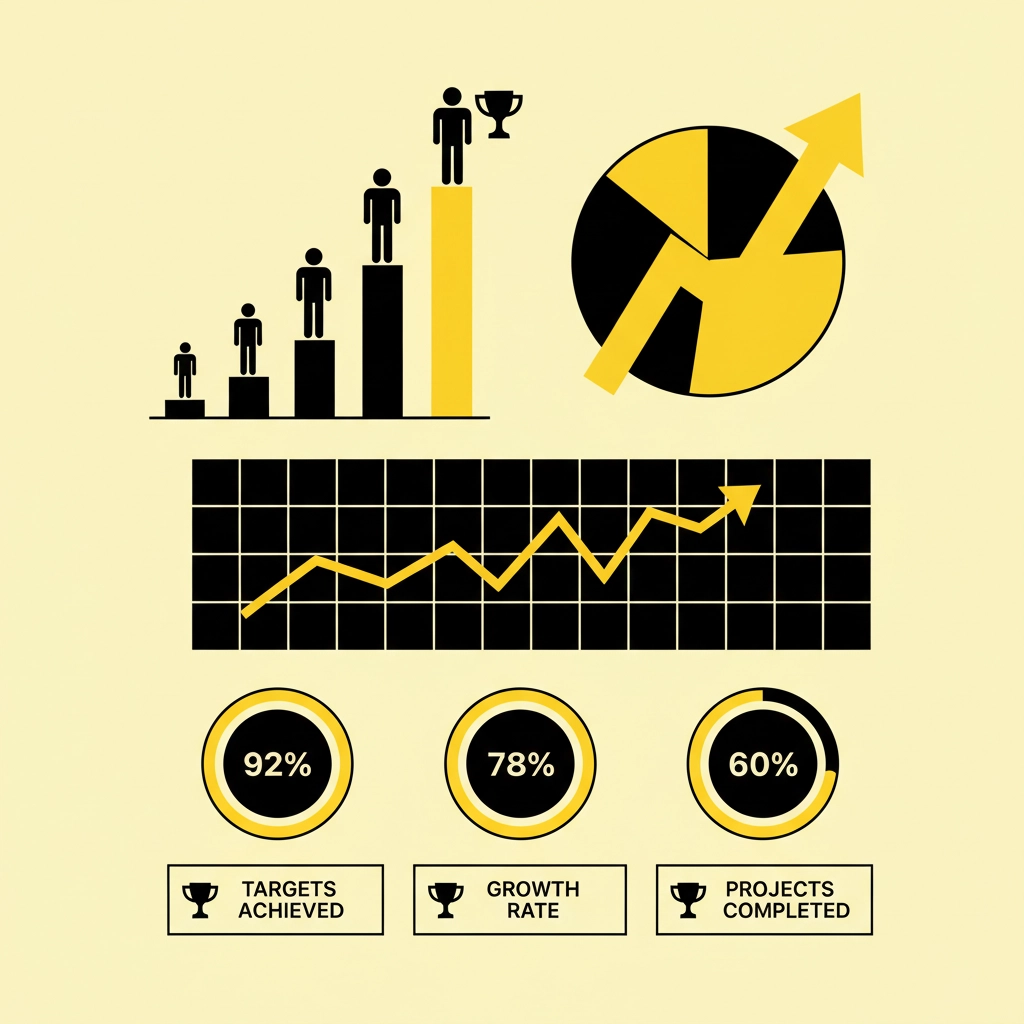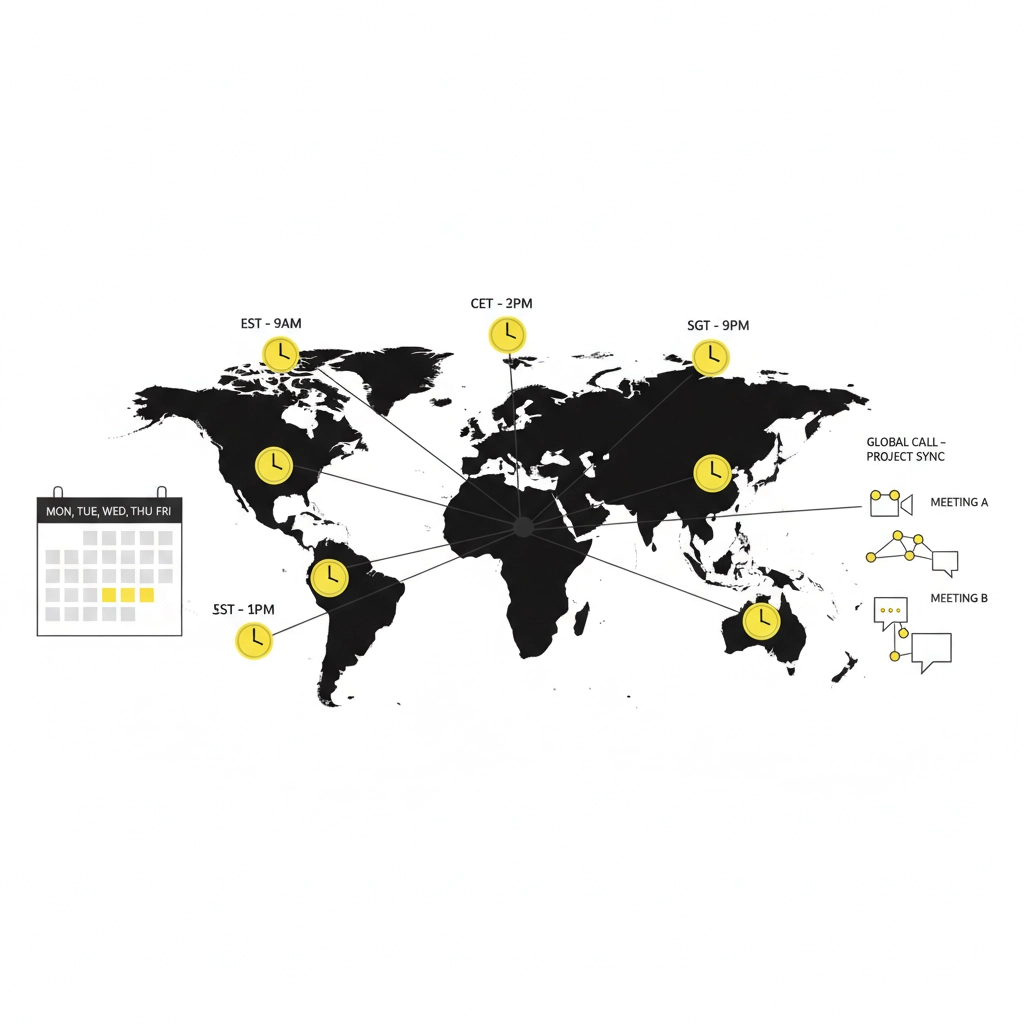7 Mistakes You're Making with Remote Team Management (And How HRIS Can Fix Them)
- Justin Hall
- Nov 6
- 4 min read
Remote work isn't going anywhere. With over 35% of employees now working remotely at least part-time, managers are scrambling to adapt their leadership styles. But here's the problem: most are making critical mistakes that hurt productivity, employee satisfaction, and company culture.
The good news? A well-implemented HRIS (Human Resource Information System) can solve most of these issues automatically. Let's dive into the seven biggest remote management mistakes and how the right HR technology can fix them.
Mistake #1: Micromanaging Through Constant Check-Ins
The Problem: You're sending Slack messages every hour asking for updates. You're requiring daily status reports. You've even considered installing employee monitoring software. Sound familiar?
Micromanaging remote workers is the fastest way to destroy trust and kill productivity. When employees feel constantly watched, they spend more time documenting their work than actually doing it.
How HRIS Fixes This: Modern HRIS platforms include project management and performance tracking tools that give you visibility without invasion. Instead of asking "What are you working on?" you can see real-time project status, completed tasks, and productivity metrics.
Features like automated progress reports, goal tracking, and performance dashboards let you monitor results rather than activities. Your team gets autonomy, and you get the data you need.

Mistake #2: Inconsistent Communication Standards
The Problem: Some team members prefer email, others live in Slack, and important decisions get lost in the chaos. Without clear communication protocols, remote teams become fragmented and inefficient.
How HRIS Fixes This: A centralized HRIS creates a single source of truth for all team communications. Built-in messaging systems, document management, and notification settings ensure everyone stays in the loop.
Many platforms include automated workflows that route information to the right people at the right time. Policy updates, project changes, and company announcements get distributed consistently across your entire remote workforce.
Mistake #3: Flying Blind on Performance Management
The Problem: In the office, you could sense when someone was struggling. You'd notice who stayed late, who seemed stressed, or who was crushing their goals. Remote work removes these visual cues, leaving many managers guessing about team performance.
How HRIS Fixes This: Advanced HRIS platforms provide comprehensive performance analytics that go far beyond traditional reviews. Real-time dashboards show productivity trends, goal completion rates, and early warning signs of burnout.
Automated performance tracking eliminates the guesswork. You'll know exactly who's excelling, who needs support, and who might be at risk of leaving – all through data-driven insights rather than gut feelings.

Mistake #4: Neglecting Career Development and Growth
The Problem: Out of sight often means out of mind when it comes to professional development. Remote employees frequently feel stuck in their roles with no clear path forward, leading to disengagement and higher turnover rates.
How HRIS Fixes This: Modern HRIS platforms include learning management systems (LMS) and career pathing tools that make professional development seamless. Employees can access training modules, track certifications, and set development goals directly within the system.
Managers get automated reminders about upcoming reviews, skill assessments, and growth opportunities. The platform can even suggest relevant training based on individual performance gaps or career aspirations.
Mistake #5: Scheduling Chaos Across Time Zones
The Problem: You're scheduling 6 AM meetings for your West Coast team or asking your London employees to join calls at 10 PM. Poor scheduling creates resentment, reduces participation, and signals that you don't value work-life balance.
How HRIS Fixes This: Smart HRIS platforms include advanced scheduling tools that automatically account for time zones, working hours, and individual preferences. The system can suggest optimal meeting times, send calendar invites in local time zones, and even block inappropriate scheduling attempts.
Some platforms integrate with popular calendar apps and include "focus time" protection, ensuring employees aren't constantly interrupted by poorly timed meetings.

Mistake #6: Losing Track of Employee Engagement
The Problem: You can't rely on water cooler conversations or body language to gauge team morale. Remote employees might be struggling, disengaged, or planning to quit without any obvious warning signs.
How HRIS Fixes This: Built-in engagement tools like pulse surveys, sentiment analysis, and feedback systems give you real-time insights into team morale. Instead of waiting for annual reviews or exit interviews, you get continuous feedback about what's working and what isn't.
Many HRIS platforms include predictive analytics that identify employees at risk of leaving based on engagement scores, performance changes, and other behavioral indicators. This early warning system lets you address issues before they become resignations.
Mistake #7: Inconsistent Policy Enforcement
The Problem: Different managers interpret remote work policies differently. Some are flexible with deadlines while others are strict. This inconsistency creates confusion and perceived unfairness across teams.
How HRIS Fixes This: Centralized policy management ensures everyone follows the same rules. HRIS platforms can automate policy enforcement through workflow rules, approval processes, and compliance tracking.
For example, time-off requests follow the same approval process regardless of manager, expense policies are automatically enforced, and compliance training is tracked consistently across all remote workers.
The Bottom Line: Technology Enables Better Management
These mistakes aren't character flaws – they're system problems that require system solutions. The right HRIS doesn't replace good management; it amplifies it by providing the tools, data, and automation that remote teams need to thrive.

If you're still managing remote teams with spreadsheets, email, and gut instinct, you're fighting an uphill battle. The companies winning in the remote work era are the ones investing in proper HR technology infrastructure.
Ready to Fix Your Remote Management Challenges?
Implementing the right HRIS can transform your remote team management from chaotic to systematic. But choosing the wrong platform can waste time, money, and employee patience.
At JHHR, LLC, we help growing companies select and implement HRIS solutions that actually solve real problems. We've seen firsthand how the right technology can turn struggling remote teams into high-performing, engaged workforces.
Don't let poor remote management become a competitive disadvantage. The tools exist to solve these problems – you just need to use them strategically.
Want to learn more about HRIS selection and implementation? Check out our guide on choosing the right HRIS for growing companies or explore our insights on HR technology for hybrid and remote teams.
Your remote team's success depends on having the right systems in place. Make sure you're not making these seven critical mistakes that could be costing you top talent and productivity.
Comments